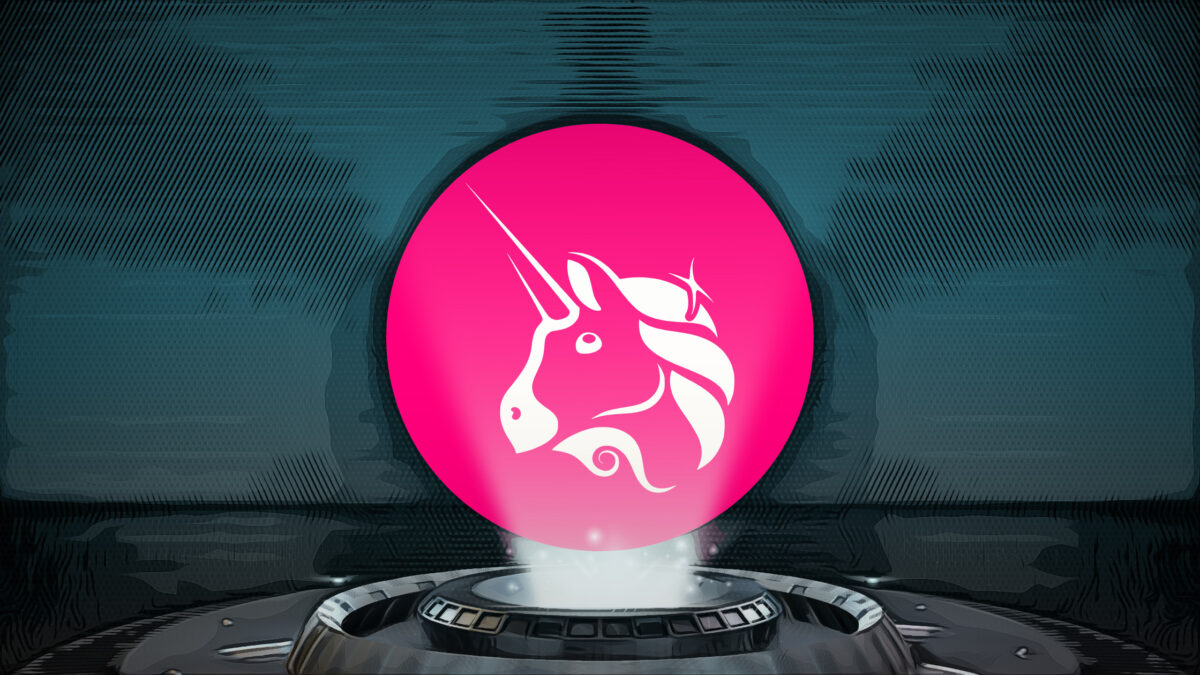
What Is Uniswap?
Uniswap is a Decentralized Finance (DeFi) protocol built on the Ethereum Network for exchanging ERC-20 tokens without needing a middleman, improving trading speed and efficiency.
Unlike other protocols, Uniswap’s token (UNI) is not used to pay for fees or as a central token but as a governance token. This token allows Uniswap to fulfill its vision of a community-driven project while also generating gains for those who support the project.
The protocol serves the functions of a Decentralized Exchange (DEX) by using liquidity pools instead of central order books used by traditional exchanges, allowing investors to generate passive gains by adding liquidity.
Uniswap was developed and launched by Hayden Adams back in 2018, with version 2.0 being released in 2020 to add direct trading support between any ERC20 tokens. That same year, Uniswap launched its own token: UNI.
The project is completely open-source and has no central token despite the existence of UNI. The UNI token rewards the holder by removing any platform fees.
While Decentralized Exchanges as a whole have been growing in popularity, Uniswap continues to be the most popular, with trading platforms, applications, and protocols being developed on top of it or inspired by it.
What is the Purpose of Uniswap (UNI)?
Uniswap was created to solve the issues experienced by centralized exchanges in the form of low offers on cryptocurrencies, trading limitations, low efficiency and accessibility, and security risks.
By using blockchain technology and smart contracts, Uniswap aims to completely automate its governance and trading process, effectively giving control to its users and creating a self-sufficient ecosystem.
The decentralization of the protocol would also allow the launching of new cryptocurrencies by providing them with a platform to be traded in, which had been an issue for small projects looking to be listed in the big centralized exchanges.
But providing a platform for new crypto was not the only purpose of Uniswap in terms of accessibility. It also provides a platform for traders to use without being regulated by companies that must comply with local regulations.
This allows its users to trade without providing personal information or being limited by their location/nationality.
Uniswap has been able to achieve its purposes from a technical standpoint, becoming one of the bastions of the DeFi movement and boosting the adoption of cryptocurrency by further improving decentralization and promoting innovation.
How Does Uniswap (UNI) Work?
Uniswap was designed as an automated liquidity protocol that uses order books or mediators. This is achieved by using smart contract standards that define how liquidity pools are created and, subsequently, how new tokens can be added to the ecosystem.
These smart contracts include functions that determine how the token swap process takes place, how liquidity is added, how a smart contract interacts with others, etc., which facilitate the trading process by increasing efficiency by automation.
Users can deposit crypto assets in these smart contracts, providing liquidity and gaining a proportional share of any trades that use that liquidity pool’s assets. Each of these liquidity pools holds two tokens at any given time, which would be the equivalent of trading pairs in centralized exchanges.
The backbone of Uniswap is the x * y = k formula, which defines the price of each trading pair with x and y representing the balance of each token in the pool and k being the total constant price of the pool, which is initially set by the first liquidity provide by depositing.
Traders can use the DEX to trade any ERC-20 token for another without the need to find an order for that specific exchange, as Uniswap takes care of finding the best conversion path, effectively solving one of the most significant issues with traditional centralized exchanges.





